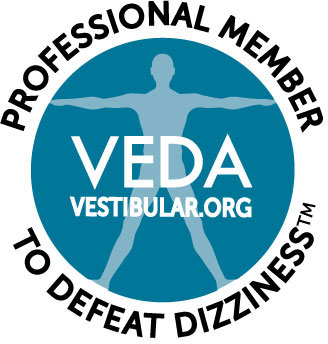Do you find yourself quickly tiring when working on the computer, reading, or completing other close-range activities? Before pouring yourself yet another cup of coffee, consider the possibility that your weariness might have something to do with your eyes rather than a lack of sleep. Binocular vision dysfunction (BVD) is an eye condition that occurs when your eyes are not correctly aligned, and fatigue from doing close-range tasks is one of the most common symptoms of this disorder.
In today’s post, the experts at the Neuro Visual Center of New York explain why BVD makes it so difficult to complete everyday tasks like checking your email or sending text messages, and what you can do to mitigate the problem.
What Causes BVD
You have two eyes, yet you only have one visual field—why is that? It’s because your brain translates the images each eye is seeing into one clear picture. In order for this process to work correctly, your eyes need to be in perfect vertical alignment. If they are even slightly misaligned, you will see double images, which the brain rejects, forcing the tiny muscles in your eyes to over-exert themselves in order to compensate for the misalignment. Over time, these muscles become strained and fatigued, leading to BVD.
Symptoms of BVD
Patients with BVD can experience a wide range of symptoms, but the most common include:
-
Trouble completing close-range tasks like reading or computer work
-
Headaches and dizziness
-
Nausea
-
Anxiety, especially in crowded spaces
-
Difficulty concentrating
-
Balance problems
-
Irritability
-
Neck and shoulder pain
How Our Treatment Makes Close-Range Tasks Manageable
BVD can wreak havoc on your quality of life by making seemingly simple everyday activities, like reading or working on your computer, nearly unbearable. Compounding the problem is that symptoms of BVD overlap with many other medical conditions, making it difficult for medical practitioners to diagnose the disorder. Many patients with BVD suffer for years before finding a doctor who correctly diagnoses their condition and can offer treatment that provides lasting relief.
At Neuro Visual Center of New York, we have many years of experience in diagnosing and treating patients with BVD. To determine whether or not you have BVD, we perform a highly specialized eye exam with our innovative equipment to look for the tiny misalignments in your eyes that are indicative of the condition.
Our primary method of treatment for BVD is aligning prismatic lenses—available as eyeglasses or even contact lenses, in some cases—which correct the misalignment in your eyes, so that your eye muscles no longer have to strain. Patients typically notice that their symptoms begin to fade within days or weeks of wearing their aligning lenses. Eventually, symptoms are dramatically reduced or even completely eliminated.
Contact Us
If you have difficulty reading, working on your computer, balancing your checkbook, or completing other activities that require close-range focus, it’s time to have your eyes checked by a neurovisual specialist. Contact the Neuro Visual Center of New York today at (516) 224-4888. We look forward to helping you!





